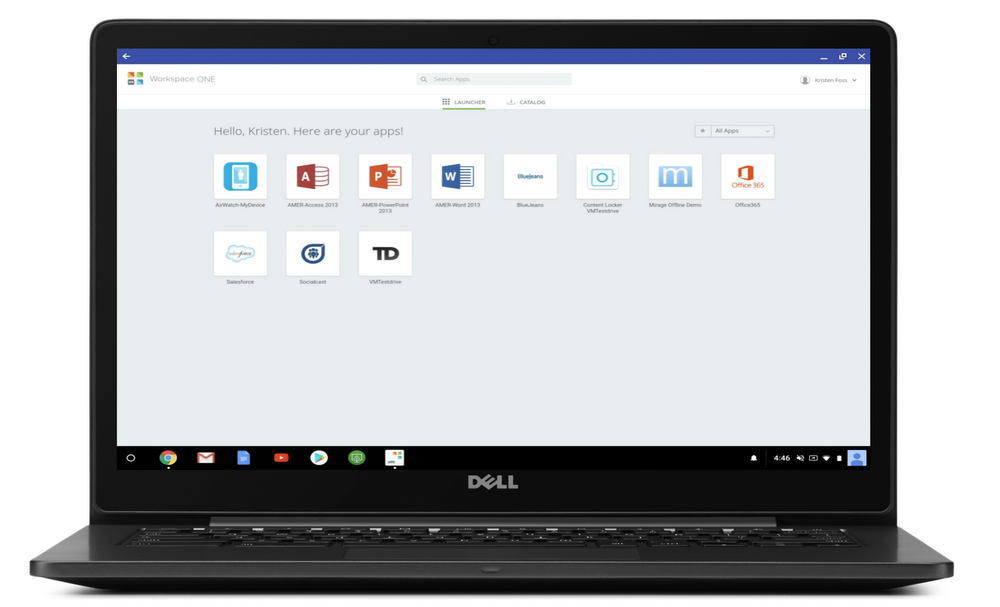

Now we can move on to looking at how to configure the mapping to our local filesystem with Workspaces.
CHROME WORKSPACES DOWNLOAD
You can download it and open the main ‘index.html’ file in Google Chrome if you want to follow along exactly with each step that follows. In the examples that follow I am using the standard HTML5 Boilerplate project template ( v8.0.0). Note that as per the Sources tab, you’ll sometimes you’ll need to press the > button to access the Filesystem sub-tab. The Workspaces feature lets us map downloaded files to files that exist on our local filesystem. This shows the files that have been downloaded from the webserver for the current page.Ĭlick on the ‘Filesystem’ sub-tab to open the Filesystem panel and get access to the Workspaces feature. Chrome Developer Tools SourcesĪfter selecting the Sources tab, by default, the ‘Pages’ sub-panel is selected. Note that sometimes you’ll need to press the > button to access Sources from a list of options if you are working on a small display or if your developer tools are docked to the left or right of the browser. What we are looking for is the ‘Sources’ tab. These tabs provide access to various panels, for example, ‘Console’, ‘Elements’, etc. When the developer tools pane opens you’ll see quite a number of different tabs available to select from. If you haven’t accessed the developer tools before here’s how to open them: click on the vertical ellipsis (⋮) button at the top-right of Chrome –> from the context menu click on the ‘More tools’ option –> click on ‘Developer tools’.Īn alternative way to access the developer tools is via a keyboard shortcut, either Ctrl + Shift + I or the F12 key on a Windows machine. However, if you are using the new Microsoft Edge then you’ll be able to access the same features since Edge is now a Chromium browser. I’m going to be focusing on how to use the Workspaces feature within Google Chrome. From here I’ll walk you through how to map your web project folder and then make and save changes to HTML, CSS, and JavaScript source files from the browser. In the sections that follow, I’ll show you how to access the developer tools and specifically, the Workspaces feature within the Sources panel. The Workspaces feature within Chrome Developer Tools alleviates this burden by letting you save any changes you’ve made directly back to the source files as soon as you save the changes in the browser. The alternative is to somehow keep track of all the changes you are making and then manually add each one into every affected source file after the fact. As a result, it’s quite natural to want to save all of these changes at the same time.


CHROME WORKSPACES CODE
The Chrome Developer Tools make it easy to find and modify client-side code within the web browser. If you haven’t come across this feature before, read on to learn more! What we’ll cover However, what you might not know is that it’s possible to save those changes back to their source files when developing locally via ‘Workspaces’.

If you’ve spent any time using the features of developer tools you’ll probably be aware that it’s possible to manipulate the structure and style of your web pages and see the results immediately reflected within the browser. There are a number of hidden gems within Chrome Developer Tools that can help make life much easier when developing web applications.
CHROME WORKSPACES FULL
However, in my experience, not many developers have put in the effort required to learn the full extent of what these tools can offer. Many of these developers also use some of the available features to help debug their applications. Most front-end web developers are aware of the developer tools that are built into modern web browsers such as Google Chrome.


 0 kommentar(er)
0 kommentar(er)
